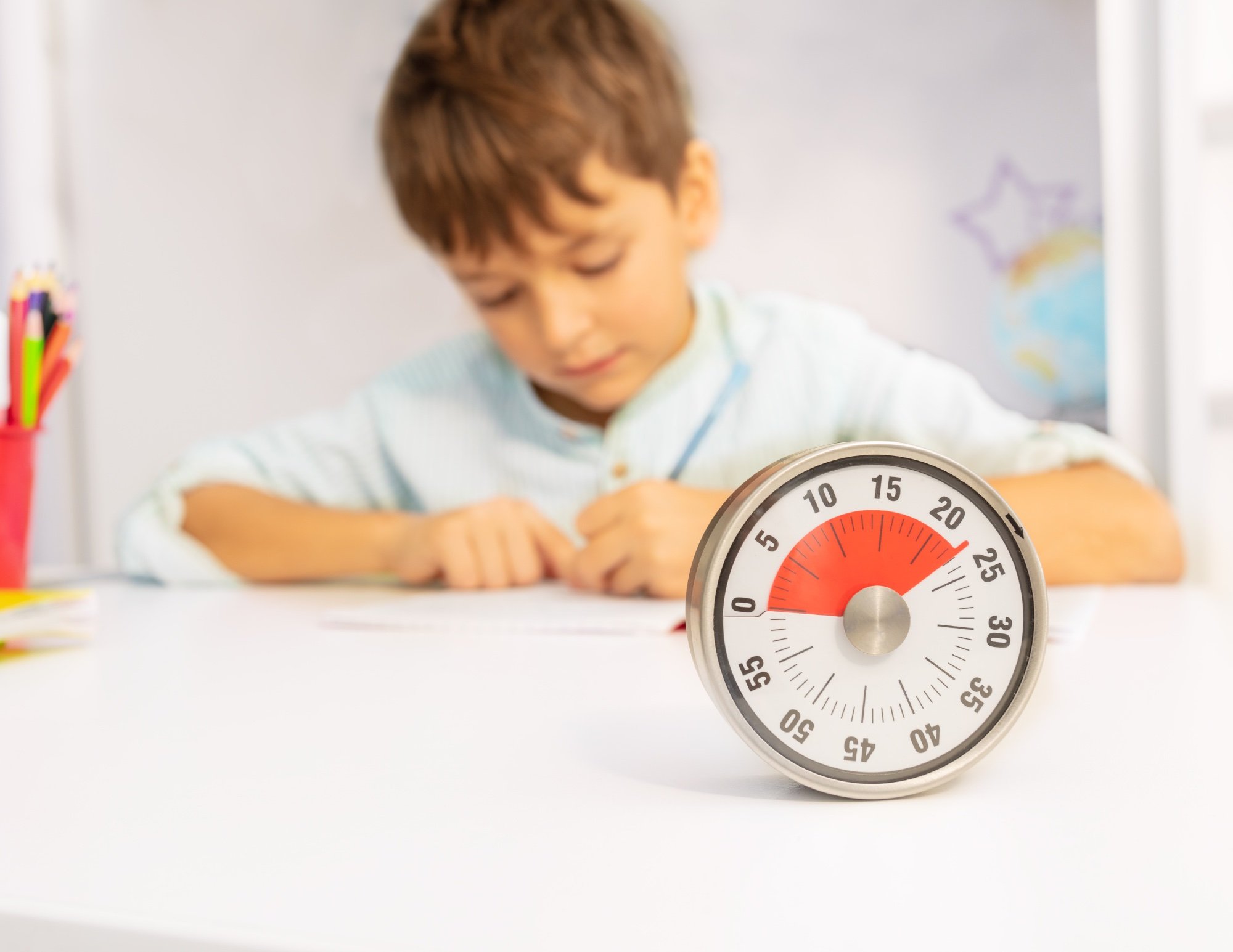Are you searching for fun and unique ways to help children continue to develop and strengthen their executive functioning skills over winter break? Look no further than… the kitchen! The kitchen is an incredible place to work on key skills like as planning, organization, time management, task initiation, sustained attention, and self-control. Food preparation not only enhances executive functioning skills, but also promotes social skills, responsibility, fine motor skills, and self-esteem! Below are some exciting activities that promote skill building and creativity!
Trail Mix
Trail mix is particularly great for young kids! Start by having children create a list of their favorite trail mix add-ins (think mixed nuts, dried fruits, chocolate chips, raisins, M&M’s, etc.). Then, take them along to the grocery store to help find the ingredients. Once home, measure out the correct amount of each trail mix ingredient and let them scoop, pour, and stir to their heart’s content. Bless This Mess offers some fun DIY trail mix recipes here.
Fruit Kebabs
Fruit kebabs are not only fun to make but also pleasing to the eyes and delicious to eat! Creating fruit kebabs targets skills like planning, sequencing, fine motor, and organization. Select the desired fruits for the kebabs, and again, have children accompany you to the store to ensure all necessary items are purchased. Once home, ask them to write out the order in which they want to assemble each fruit kebab. Older kids, with supervision, can help cut up and organize the fruit into separate bowls to make assembly easier. After these steps, everyone can join in assembling the skewers and enjoy the end result together. Here is a fun rainbow variation to try by Healthy Little Foodies!
Ice Cream Sundae Bar
Undoubtedly the most enjoyable of all activities, working together to create an ice cream sundae bar will create special memories while also developing key executive function skills like organization. It’s a win-win! You'll need a few different kinds of ice cream, your favorite toppings, and sauces. Younger kids can color and make labels for each of the toppings, while older kids can type them up and print them out. Everyone can help separate and organize all the toppings into small bowls or containers and decide how to arrange them on the table. Planning is also an important step prior to actually building the sundae creation so the treat turns out as desired. If you’re feeling extra adventurous, you can try out a homemade vanilla ice cream recipe by Chocolate Slopes here.
Overnight Oats
Preparing overnight oats is a wonderful activity to help with task initiation and time management. Since they need to be made the evening before, children have to remember to plan accordingly. This one is also excellent for older kids because they need to ensure they get the correct ratio of oats to milk, etc. Not only are overnight oats a great source of nutrients and fiber, but they can be personalized with a variety of ingredients to fit your kids’ taste buds. Workweek Lunch provides some kid-friendly recipes here.
All of the above activities help build executive functioning skills. As parents or caregivers, be sure to set expectations by providing clear instructions, helping when necessary, and assigning responsibilities appropriate to the child's age level. This blog by Lukin Center of Psychology offers a comprehensive list of age-appropriate tasks in the kitchen.
And, if you’re looking for some winter specific activities to try out at home, see our past Peak blog here for some ideas!
Written by Laine J.


















